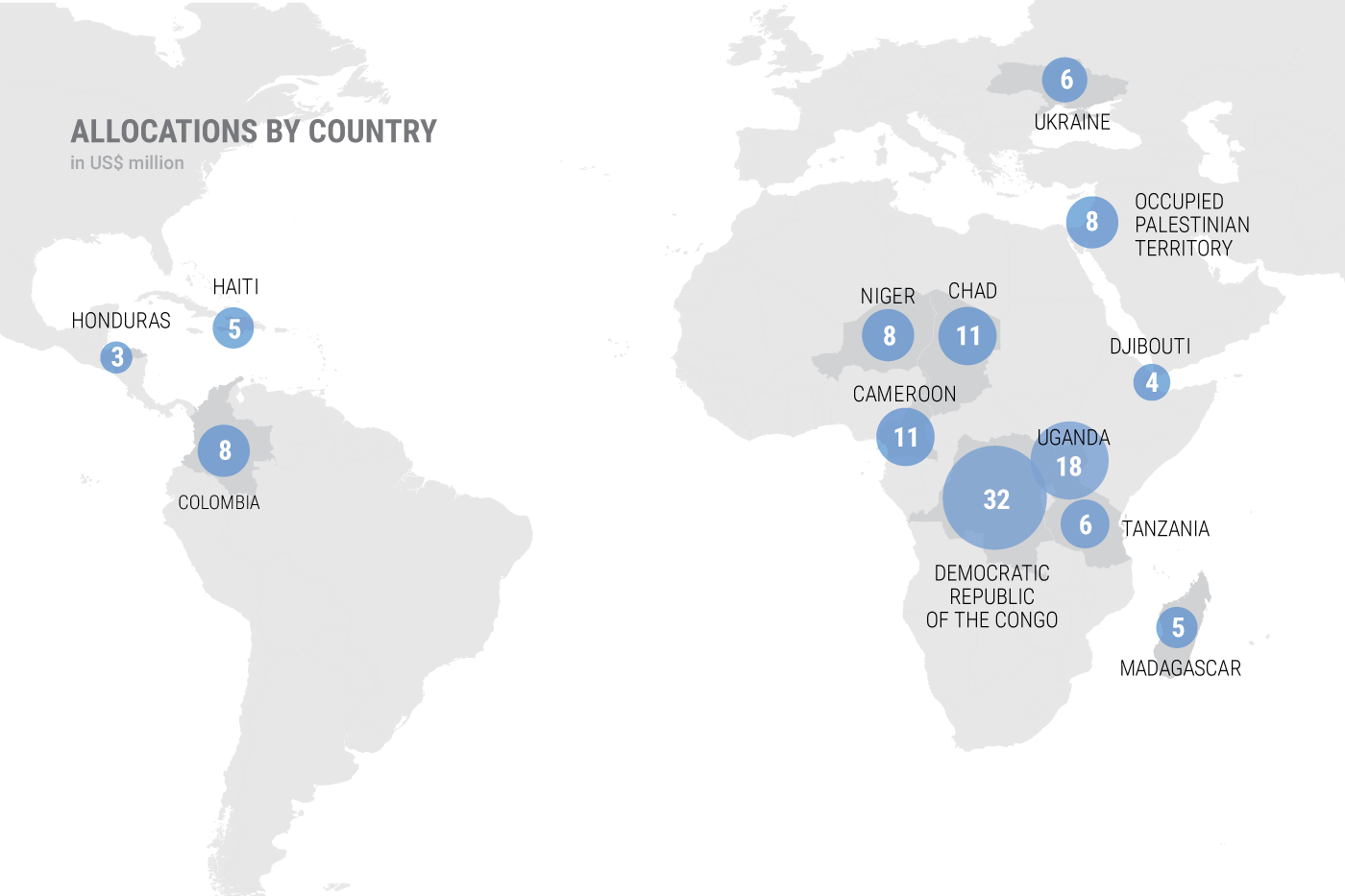How do we know which humanitarian crises are most overlooked, ignored or otherwise off the radar?
One measure is how much money is available for the response to a humanitarian crisis. This is a good proxy for the amount of attention that an unfolding humanitarian crisis receives among key donors because the way the international community deals with crises is much like a charity. When a natural or manmade disaster strikes, humanitarian agencies must go to donors, hat in hand, to fund their response.
The largest donors tend to be governments — specifically governments of wealthier countries in Europe and North America. When a crisis attracts their attention, they can be quite generous. But when it’s far from headlines or in a country without much political relevance to those donors, the response tends to be less robust. For one reason or another, crises in some places tend not to be as high a political priority in key donor countries as others. What results, then, is a crisis that is underfunded — and in some cases, chronically so.
Enter the UN Central Emergency Response Fund, known as CERF. This was a funding pool created by the UN Office for the Coordination of Humanitarian Affairs in 2006 that directs funds to those crises that are not attracting the sufficient attention of donors. Donors contribute to this pool, and OCHA distributes it.
The crises in which CERF intervenes can be considered the most overlooked humanitarian crises in the world.
On April 11, OCHA announced the largest disbursement of CERF funds ever, directing $125 million to 13 underfunded emergencies. These funds will go to UN agencies and humanitarian NGOs that serve more than nine million people across Cameroon, Chad, Colombia, the Democratic Republic of Congo, Djibouti, Haiti, Honduras, Madagascar, Niger, the occupied Palestinian territory (oPt), Tanzania, Uganda and Ukraine.


Another function of CERF is to quickly disburse funds when there’s a sudden need.
And on the same day this record allocation of emergency funds was released, OCHA also announced a $25 million allocation for ongoing crisis in Sudan. This disbursement to Sudan comes at a particularly volatile time, which the country in the midst of a political upheaval.
The CERF allocation will target internally displaced people, refugees, host communities, and vulnerable residents in areas with some of the largest increases in food insecurity, including in East, North, South and West Darfur, Red Sea, West Kordofan and White Nile states.
Food insecurity has increased in Sudan with 5.8 million people projected to be food insecure between January and March, a significant increase from 2018, while the numbers are likely to rise further in the lean season from May. Protection services will also be prioritised targeting the specific needs of children and women, and the vulnerable including people living with disabilities and those with chronic health conditions.
CERF is a good example of why flexibility in funding is a valuable tool to maximize the impact of donor dollars for humanitarian relief. Not all crisis can attract and sustain the attention of donors. But people in need of humanitarian assistance in those countries are no less in need than people caught in crisis that are higher priorities for donors.
